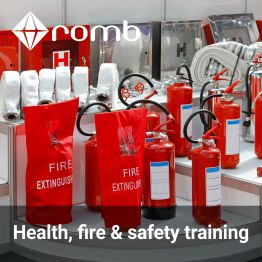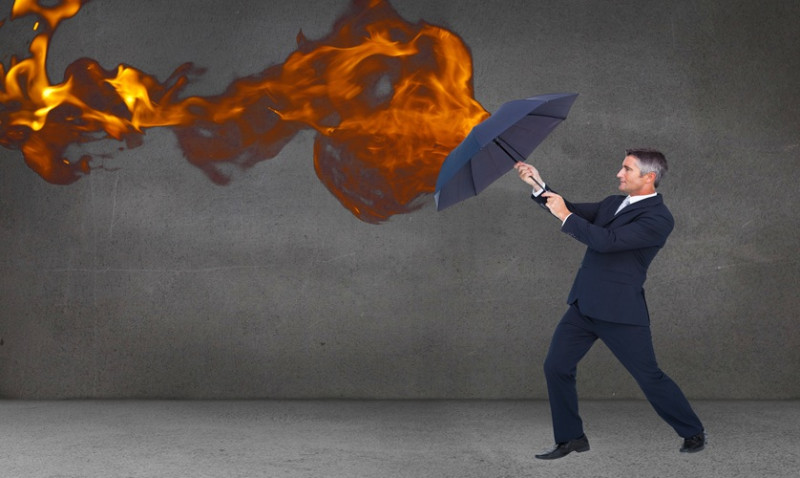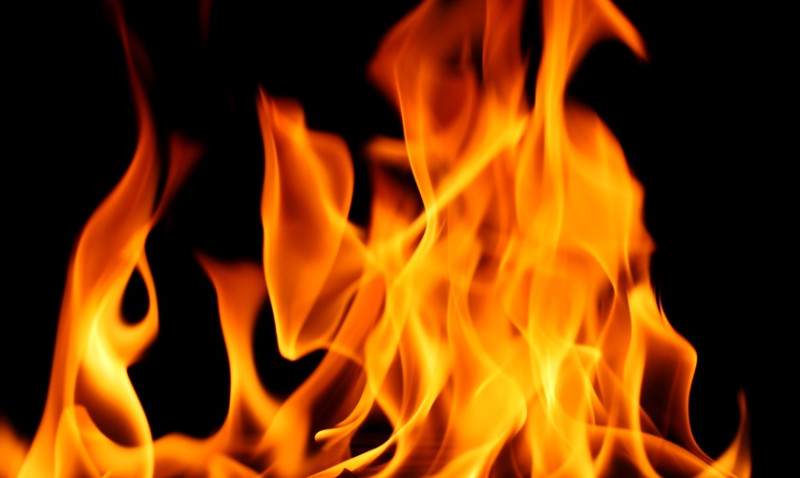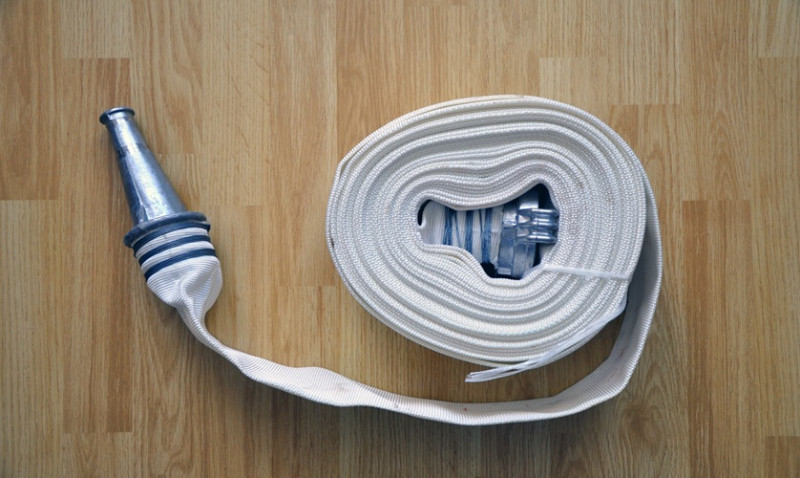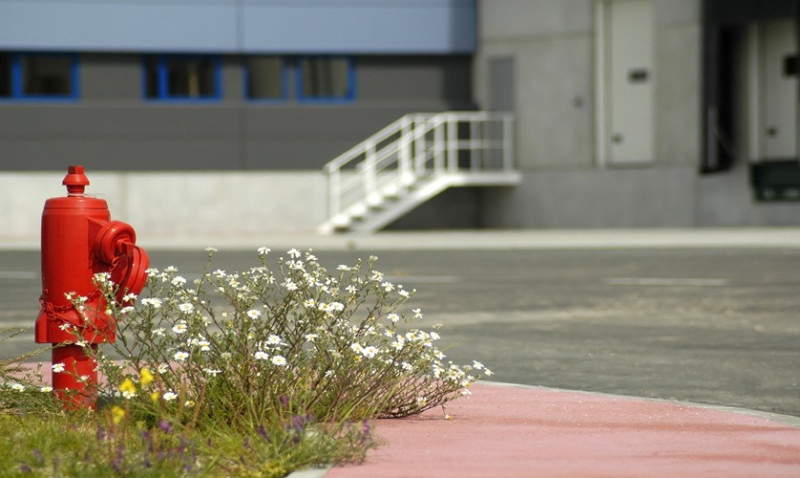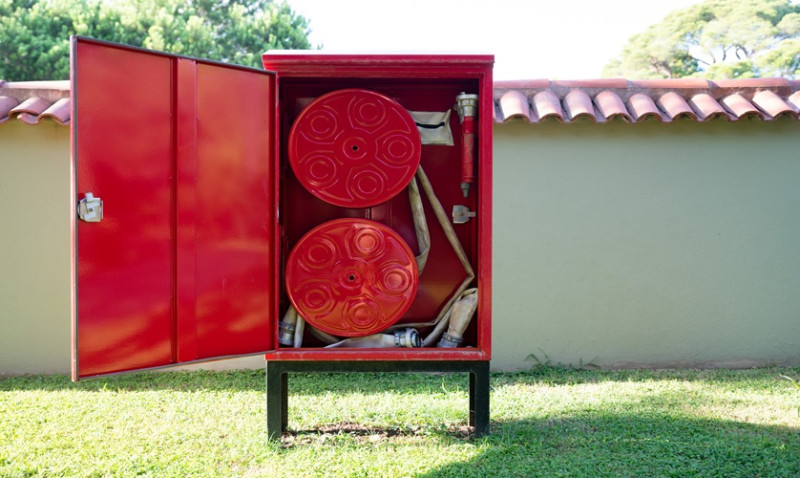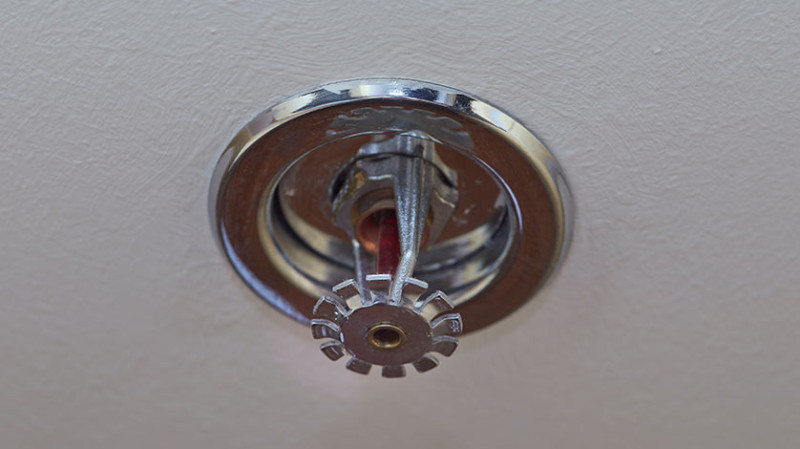
Whether you're a DIY enthusiast upgrading your home, a tradesperson working on-site, or an architect specifying building systems, understanding the basics of a fire sprinkler's structure is essential. Fire sprinklers play a vital role in fire safety, saving lives and minimising property damage every year across the UK. But what exactly makes them work? In this blog post, we'll break down the structure of a fire sprinkler in a detailed yet easy-to-understand way, so you can feel confident in choosing, installing, or specifying a sprinkler system for your next project.
What Is a Fire Sprinkler?
A fire sprinkler is a component of a fire suppression system designed to release water automatically when a fire is detected. While they often go unnoticed, these devices are quietly working behind ceilings and walls in homes, commercial spaces, and industrial settings across the UK.
Sprinklers are triggered individually when heat from a fire reaches a certain temperature, making them precise and efficient. In fact, only the sprinkler nearest the fire will activate, limiting water damage and focusing fire suppression exactly where it’s needed.
Contrary to movie myths, a fire sprinkler system doesn't soak the entire building once one goes off. Each head operates independently, which is a critical part of its structure and design.
Understanding their components and how they function can help property owners, designers, and builders make informed decisions regarding installation and maintenance.
Core Components of a Fire Sprinkler
Although fire sprinklers can vary in design depending on the system (wet pipe, dry pipe, pre-action, etc.), most share a common physical structure. Here’s a breakdown of the main parts you’ll find in a typical fire sprinkler head:
| Component | Description |
|---|---|
| Frame | The structural body of the sprinkler that holds all the components together. Usually made of brass or stainless steel for durability. |
| Deflector | A small disc or plate designed to break up the stream of water into a specific spray pattern for even coverage. Its shape and angle are engineered for precise distribution. |
| Heat-Sensitive Element | This is typically a glass bulb filled with a liquid that expands when heated or a soldered fusible link. When the heat from a fire reaches a set temperature (usually between 57°C and 77°C), the element breaks or melts to activate the sprinkler. |
| Cap or Plug | Holds water back under pressure until the heat-sensitive element triggers the system. Once released, water flows freely through the opening. |
| Seal or O-Ring | Located within the cap, it ensures a watertight seal and prevents leaks before activation. Quality seals are critical for system reliability. |
| Threaded Inlet | This connects the sprinkler to the pipe network. Threaded to ensure a secure and leak-free fit, it allows water from the supply lines to reach the sprinkler head. |
Types of Sprinkler Heads Based on Structure
Fire sprinkler heads are not one-size-fits-all. They come in different designs for different applications. The structure of the sprinkler dictates its performance, installation method, and where it’s suitable for use. Here are some of the most common types used in UK buildings:
Pendant Sprinklers: These hang down from the ceiling and are the most common type found in homes and offices. Their deflectors direct water downward in a cone-shaped spray, ideal for covering broad spaces.
Upright Sprinklers: Positioned upright on the piping, these are commonly used in warehouses and exposed ceiling areas. They spray water upward against the deflector to distribute water in a dome-shaped pattern.
Sidewall Sprinklers: Positioned near the top of walls, these are perfect for corridors, small rooms, or spaces where ceiling installation isn’t practical. Their structure includes a curved deflector that pushes water outward and downward.
Concealed Sprinklers: These maintain aesthetic appeal while providing key protection. Housed behind a decorative cover plate, they’re ideal for design-conscious spaces such as luxury homes or architecturally sensitive projects.
The Science Behind the Heat-Sensitive Element
One of the most critical parts of a fire sprinkler structure is the heat-sensitive element – either a glass bulb or a fusible link. This component determines the activation threshold, typically pre-calibrated to several standard temperature ratings.
Glass bulbs contain a coloured liquid – different colours indicate different activation temperatures. When heat from a nearby fire reaches the bulb, the liquid expands. Eventually, internal pressure causes the bulb to shatter, opening the valve and allowing water to flow.
Fusible links work similarly but use a metal alloy that melts at a specific temperature. When the link melts, a spring releases the cap, opening the sprinkler head.
This clever mechanism ensures a fire sprinkler only activates under the correct thermal conditions, preventing false alarms and unintended water discharge.
Water Flow and Distribution
Once the heat-sensitive component activates, the water held back by the cap gushes through the sprinkler head. It hits the deflector – the sprinkler’s 'umbrella' – which is shaped and angled to spray water in a designated pattern over a specified radius.
The effectiveness of a sprinkler system depends on both the pressure of the water and the design of the deflector. Manufacturers engineer deflectors for optimal coverage, often depending on ceiling height and room size.
For example, a typical pendant sprinkler for domestic settings will usually cover an area of around 12 square metres. In commercial applications, wider-coverage models or high-pressure versions may be specified.
That’s why correct position, proper system design, and regulatory compliance are crucial if you're designing or installing a system – especially for larger buildings or bespoke luxury homes.
Installation Considerations in the UK
In the UK, fire safety is governed by stringent building regulations. Whether you're a self-builder, tradesperson, or architect, you’ll need to comply with BS 9251 for residential systems or BS EN 12845 for commercial and industrial buildings.
Choosing the right sprinkler type and ensuring components meet British Standards is critical. All hardware should be approved by relevant testing authorities like LPCB (Loss Prevention Certification Board) or Kitemark-certified to guarantee reliability.
For DIY-savvy homeowners, installing residential suppression kits is feasible with the right guidance – particularly as more building developers across the UK encourage sprinkler use in new builds. Just be aware that certain systems must be installed and signed off by qualified professionals.
Integration with home automation systems is also becoming more popular, but even the smartest home tech starts with a sound structural understanding of fire safety systems.
Maintenance and Inspection
A fire sprinkler’s structure is built to last, but like any mechanical system, it needs periodic inspections and testing. In residential properties, an annual check-up is usually sufficient. For larger or commercial systems, quarterly checks may be required by law or insurers.
The structural integrity of the deflector, bulb or fusible link, and O-rings should all be checked. Corrosion, paint, dust, or obstructions can compromise the sprinkler’s ability to function properly in the event of a blaze.
Remember: never paint over a fire sprinkler head. It may look like it blends in better, but paint can block critical components and prevent them from activating during a fire.
Professional fire protection engineers and gas-safe registered technicians are trained to service and assess these systems properly. It's worth scheduling regular inspections — especially if you're managing HMOs, rental properties or commercial premises.
Why Fire Sprinkler Structure Matters
The structure of a fire sprinkler isn’t just about how it looks — it's about how effectively it can protect lives and property. From the heat-sensitive element that activates the system to the precision-engineered deflector that disperses water exactly where it's needed, every part matters.
As fire safety becomes an increasingly important part of building design — particularly in the wake of updated fire risk assessment standards in the UK — understanding these basics gives you the power to make informed decisions, whether you’re building, renovating or simply improving your existing home.
Looking to learn more or find the right sprinkler system for your build? Browse our selection of certified fire sprinkler heads and installation accessories — and don’t hesitate to reach out to one of our fire safety specialists for guidance tailored to your project.
